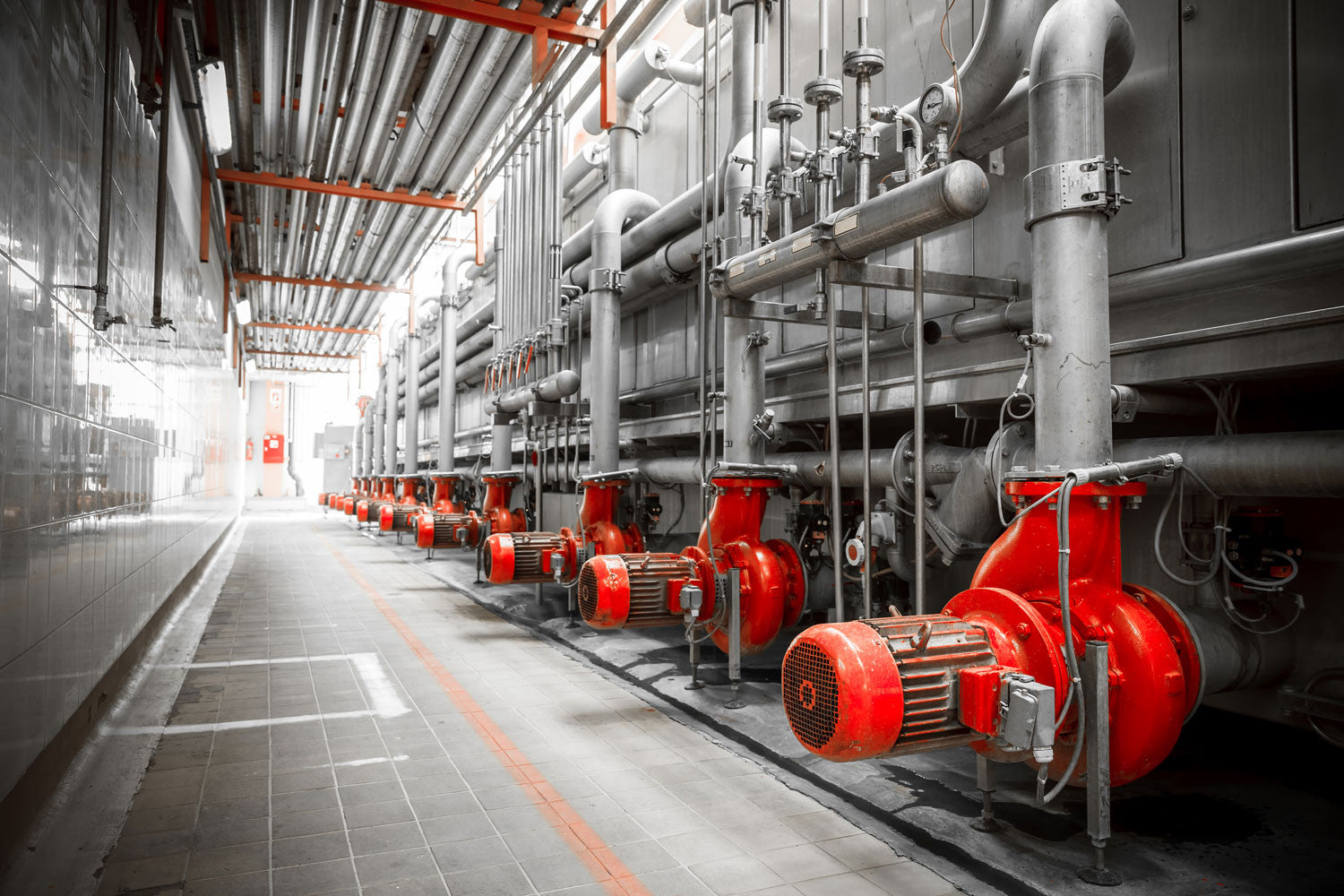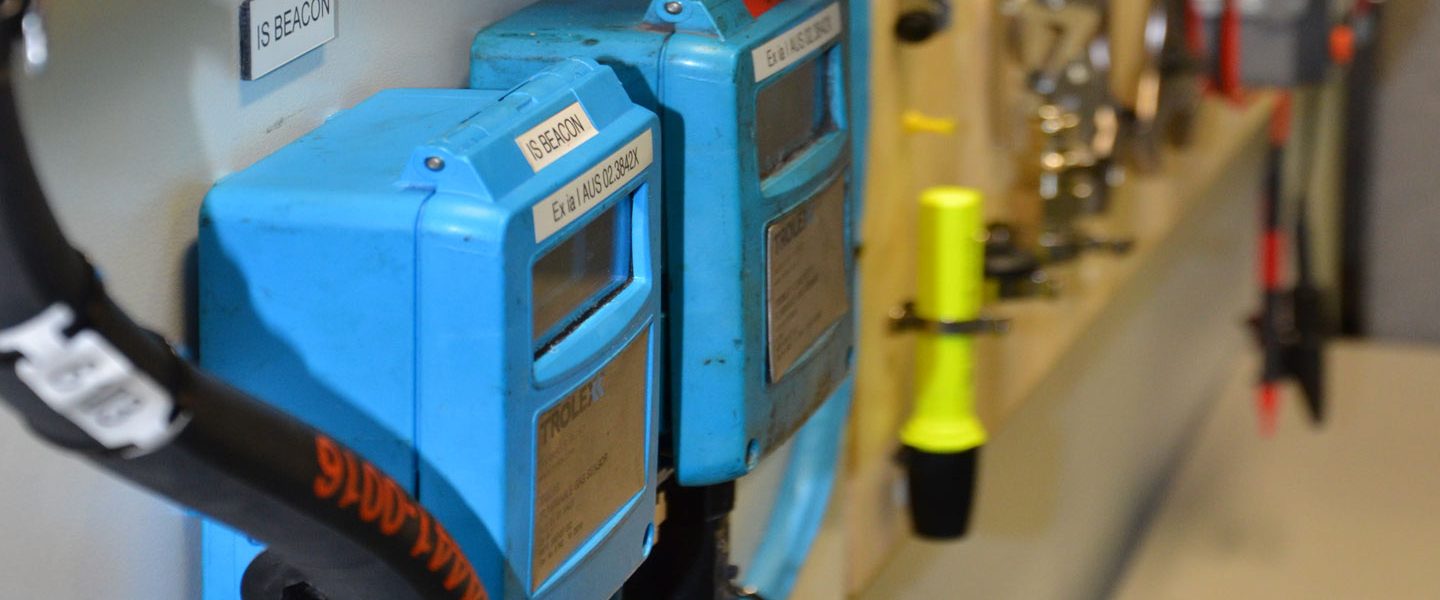The Best Guide To Roar Solutions
The Best Guide To Roar Solutions
Blog Article
Roar Solutions - Truths
Table of ContentsExamine This Report on Roar SolutionsGet This Report on Roar SolutionsThe Best Strategy To Use For Roar Solutions
In order to protect installations from a potential surge a technique of analysing and identifying a possibly dangerous area is required. The purpose of this is to make certain the appropriate selection and installment of devices to inevitably stop an explosion and to make sure safety of life.
(https://www.cheaperseeker.com/u/roarsolutions)
No tools needs to be installed where the surface temperature of the devices is higher than the ignition temperature level of the provided hazard. Below are some common dust dangerous and their minimum ignition temperature. Coal Dust 380C 225C Polythene 420C (thaws) Methyl Cellulose 420C 320C Starch 460C 435C Flour 490C 340C Sugar 490C 460C Grain Dust 510C 300C Phenolic Resin 530C > 450C Aluminium 590C > 450C PVC 700C > 450C Soot 810C 570C The probability of the hazard existing in a focus high adequate to trigger an ignition will certainly differ from location to area.
In order to classify this danger a setup is divided right into areas of risk relying on the quantity of time the unsafe exists. These areas are described as Areas. For gases and vapours and dirts and fibres there are 3 zones. Area 0 Area 20 A harmful environment is extremely likely to be existing and might be present for extended periods of time (> 1000 hours annually) and even continuously Area 1 Zone 21 A dangerous ambience is feasible but not likely to be present for extended periods of time (> 10 450 C [842 F] A classification of T6 means the minimal ignition temperature is > 85 C [185 F] Hazardous location electrical tools perhaps designed for usage in higher ambient temperature levels. This would showed on the score plate e.g. EExe II C T3 Ta + 60C( This means at 60C ambient T3 will certainly not be exceeded) T1 T1, T2, T3, T4, T5, T6 T2 T2, T3, T4, T5, T6 T3 T3, T4, T5, T6 T4 T4, T5, T6 T5 T5, T6 T6 T6 A T Course rating of T1 indicates the maximum surface area temperature produced by the instrument at 40 C is 450 C. Presuming the associated T Class and Temperature level score for the equipment are appropriate for the location, you can constantly use a tool with a more rigid Division score than needed for the area. There isn't a clear solution to this question however. It actually does depend on the kind of equipment and what repair services require to be accomplished. Devices with details test treatments that can not be carried out in the area in order to achieve/maintain 3rd party score. Have to come back to the factory if it is prior to the devices's solution. Area Repair By Authorised Worker: Difficult screening may not be needed nevertheless details procedures may need to be complied with in order for the tools to keep its 3rd party score. Authorised employees must be employed to perform the work appropriately Repair need to be a like for like substitute. New element must be thought about as a straight substitute calling for no unique screening of the tools after the fixing is full. Each tool with a hazardous rating ought to be assessed separately. These are described at a high level below, but for more detailed information, please refer straight to the standards.
Getting My Roar Solutions To Work
The tools register is a detailed database of devices records that consists of a minimum set of fields to recognize each item's area, technical parameters, Ex-spouse category, age, and ecological data. This info is important for monitoring and managing the equipment effectively within harmful areas. In contrast, for routine or RBI sampling evaluations, the grade will certainly be a combination of Thorough and Close examinations. The ratio of Detailed to Close assessments will certainly be identified by the Equipment Danger, which is examined based on ignition threat (the probability of a resource of ignition versus the chance of a flammable atmosphere )and the hazardous area category
( Zone 0, 1, or 2). This variation will certainly additionally influence the resourcing demands for job preparation. Once Whole lots are defined, you can establish tasting plans based on the sample size of each Whole lot, which refers to the number of random tools items to be checked. To establish the needed example size, two aspects require to be examined: the dimension of the Whole lot and the group of assessment, which suggests the level of initiative that should be used( reduced, regular, or increased )to the evaluation of the Great deal. By combining the classification of evaluation with the Great deal size, you can then develop the appropriate rejection requirements for a sample, indicating the allowable number of damaged products found within that sample. For even more information on this procedure, please refer to the Energy Institute Guidelines. The IEC 60079 typical suggests that the maximum period between assessments must not surpass three years. EEHA evaluations will likewise be carried out beyond RBI campaigns as component of set up upkeep and devices overhauls or repairs. These examinations can be credited towards the RBI sample sizes within the influenced Whole lots. EEHA inspections are conducted to identify mistakes in electric devices. A heavy scoring system is important, as a single tool might have multiple mistakes, each with varying levels of ignition threat. If the consolidated score of both examinations is less than two times the fault score, the Great deal is regarded acceptable. If the Great deal is still taken into consideration undesirable, it must undertake a full assessment or reason, which might set off stricter examination protocols. Accepted Great deal: The root causes of any type of faults are recognized. If a typical failing setting is found, added devices might call for inspection and repair. Faults are classified by seriousness( Safety, Integrity, Housekeeping ), making certain that urgent concerns are examined and attended to quickly to reduce any type of effect on safety and security or procedures. The EEHA data source should track and record the lifecycle of mistakes together with the corrective activities taken. Applying a durable Risk-Based Evaluation( RBI )strategy is critical for making certain conformity and safety in handling Electric Devices in Hazardous Locations( EEHA) (hazardous area course). Automated Mistake Scoring and Lifecycle Administration: Easily manage faults and track their lifecycle to improve evaluation accuracy. The intro of this assistance for risk-based evaluation additionally enhances Inspectivity's position as a best-in-class option for governing conformity, in addition to for any asset-centric evaluation usage situation. If you want finding out more, we invite you to ask for a demo and discover just see post how our solution can change your EEHA management procedures.
4 Simple Techniques For Roar Solutions

In regards to explosive risk, a harmful area is an atmosphere in which an eruptive environment is existing (or may be anticipated to be present) in amounts that call for unique safety measures for the construction, setup and use devices. hazardous area electrical course. In this short article we check out the challenges encountered in the workplace, the threat control measures, and the called for proficiencies to function securely
These compounds can, in certain problems, develop explosive ambiences and these can have significant and unfortunate repercussions. Many of us are acquainted with the fire triangle remove any kind of one of the three elements and the fire can not take place, but what does this mean in the context of dangerous locations?
In most circumstances, we can do little about the levels of oxygen airborne, yet we can have considerable impact on resources of ignition, for instance electric tools. Unsafe locations are recorded on the harmful location classification drawing and are determined on-site by the triangular "EX LOVER" indication. Here, amongst other essential details, areas are split into 3 types depending upon the risk, the probability and duration that an explosive environment will certainly exist; Zone 0 or 20 is considered one of the most unsafe and Area 2 or 22 is deemed the least.
Report this page